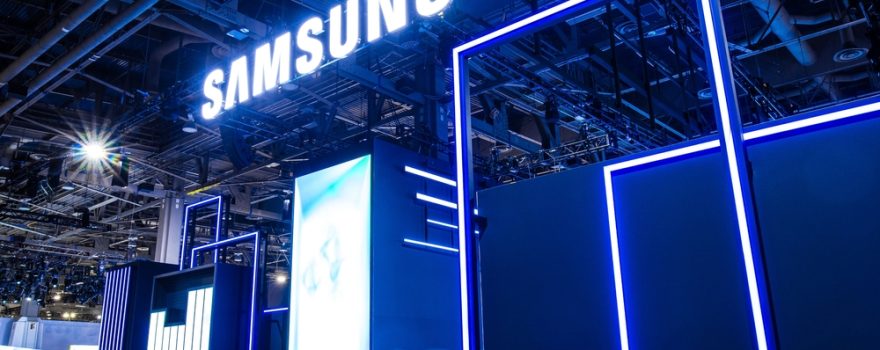
Samsung has reportedly joined the wave of memory price hikes, preparing to raise DRAM and NAND flash costs by as much as 30 percent in the last quarter of 2025. The move mirrors similar increases from Micron and SanDisk earlier this month, sparking frustration among gamers, DIY enthusiasts, and even corporate buyers already squeezed by higher component costs.
Reports from South Korea’s New Daily suggest that Samsung has informed its partners of imminent price adjustments. Customers can expect LPDDR4X, LPDDR5, and LPDDR5X chips to rise by 15–30 percent, while NAND-based storage products like eMMC and UFS will see a more modest increase of 5–10 percent. For the average consumer, this could mean higher prices for smartphones, SSDs, tablets, and gaming laptops just ahead of the holiday season.
Industry insiders blame the surge on skyrocketing demand from both sides: consumer electronics and artificial intelligence. Smartphones and AI-powered PCs are competing for limited supplies, leaving manufacturers little room to maneuver. “It feels like every year around holidays they find a reason to charge more,” complained one PC builder on a tech forum, reflecting the sentiment of many hobbyists who already struggle to keep upgrade costs manageable.
Adding to the tension, analysts warn that supply shortfalls are here to stay. Citigroup estimates DRAM production will trail global demand by nearly 2 percent this year, while NAND will fall 4 percent short. Morgan Stanley paints an even darker picture, suggesting NAND output could lag by as much as 8 percent in 2026. Such gaps are amplifying fears that prices will keep climbing long after the holiday rush ends.
Samsung, which dominates both DRAM and NAND markets with over 32 percent share each, had even considered phasing out DDR4 and LPDDR4X production earlier this year. Yet, after unexpectedly strong demand, it reversed that plan—ironically making older DDR4 more expensive than some DDR5 kits. For many users, the situation feels almost absurd: paying premium prices for last-generation technology.
Whether this trend stabilizes in 2026 is unclear, but the reality for now is tough—tech enthusiasts and small businesses will carry the burden, while the giants of AI and smartphone industries secure their supplies.
Full story: TechSpot Report.

 Get in Touch
Get in Touch 


